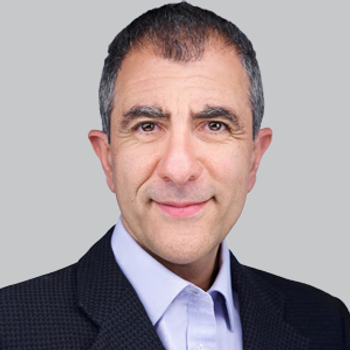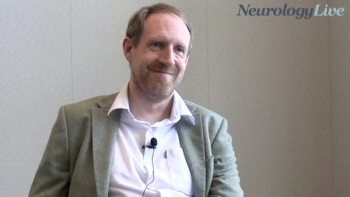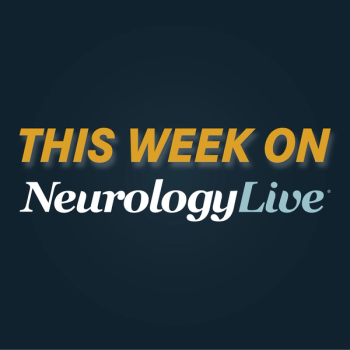
Advances in Therapeutics and Imaging from European Stroke Organization Conference 2025: Kevin Sheth, MD

The director of the Center for Brain and Mind Health at Yale University discussed new findings in thrombolytic therapy, stroke monitoring, neuroprotection, and imaging technologies presented at ESOC 2025. [WATCH TIME: 7 minutes]
WATCH TIME: 7 minutes
"One of the things that has been discussed over the last several years is the idea of various thrombolytic therapies—more recently like tenecteplase being used in acute ischemic stroke—and how those treatments might be considered in the context of another acute reperfusion therapy, which is thrombectomy or removal of the clot in large vessel stroke."
The recently concluded 2025 European Stroke Organization Conference (ESOC), held May 21–23, in Helsinki, Finland, presented some of the latest research in cerebrovascular diseases like stroke to better inform clinical care providers. Following the conference, attendee Kevin Sheth, MD, director of the Center for Brain and Mind Health at
In the conversation, he briefly reviewed findings from presented studies including new research on tenecteplase (TNKase; Genentech), an intravenous (IV) tissue plasminogen activator that became recently
Additional studies presented at the conference, he noted during the interview, also offered insights into implementation of low-intensity monitoring care following thrombolysis treatment for AIS and provided further perspectives on early neuroprotective strategies such as IL-6 inhibition.2 Sheth, who also serves as a professor of neurology and neurosurgery at Yale, discussed emerging imaging technologies, including portable MRI systems, that may enhance stroke care delivery, based on a session he participated in at meeting, in both hospital and prehospital settings.
REFERENCES
1. Gerschenfeld G, Lapergue B, Seners P, et al. Time To Treatment With Intravenous Tenecteplase Before Thrombectomy And Functional Outcomes In Acute Ischemic Stroke. Presented at: 2025 European Stroke Organization Conference; May 21–23, in Helsinki, Finland. ABSTRACT 287.
2. Ouyang M, McCawley F, Malavera A, et al. Acceptability And Feasibility Of Low-Intensity Post-Thrombolysis Monitoring After Acute Ischemic Stroke: A Process Evaluation Of The OPTIMISTmain Trial. Presented at: 2025 European Stroke Organization Conference; May 21–23, in Helsinki, Finland. ABSTRACT 1156.
Newsletter
Keep your finger on the pulse of neurology—subscribe to NeurologyLive for expert interviews, new data, and breakthrough treatment updates.































